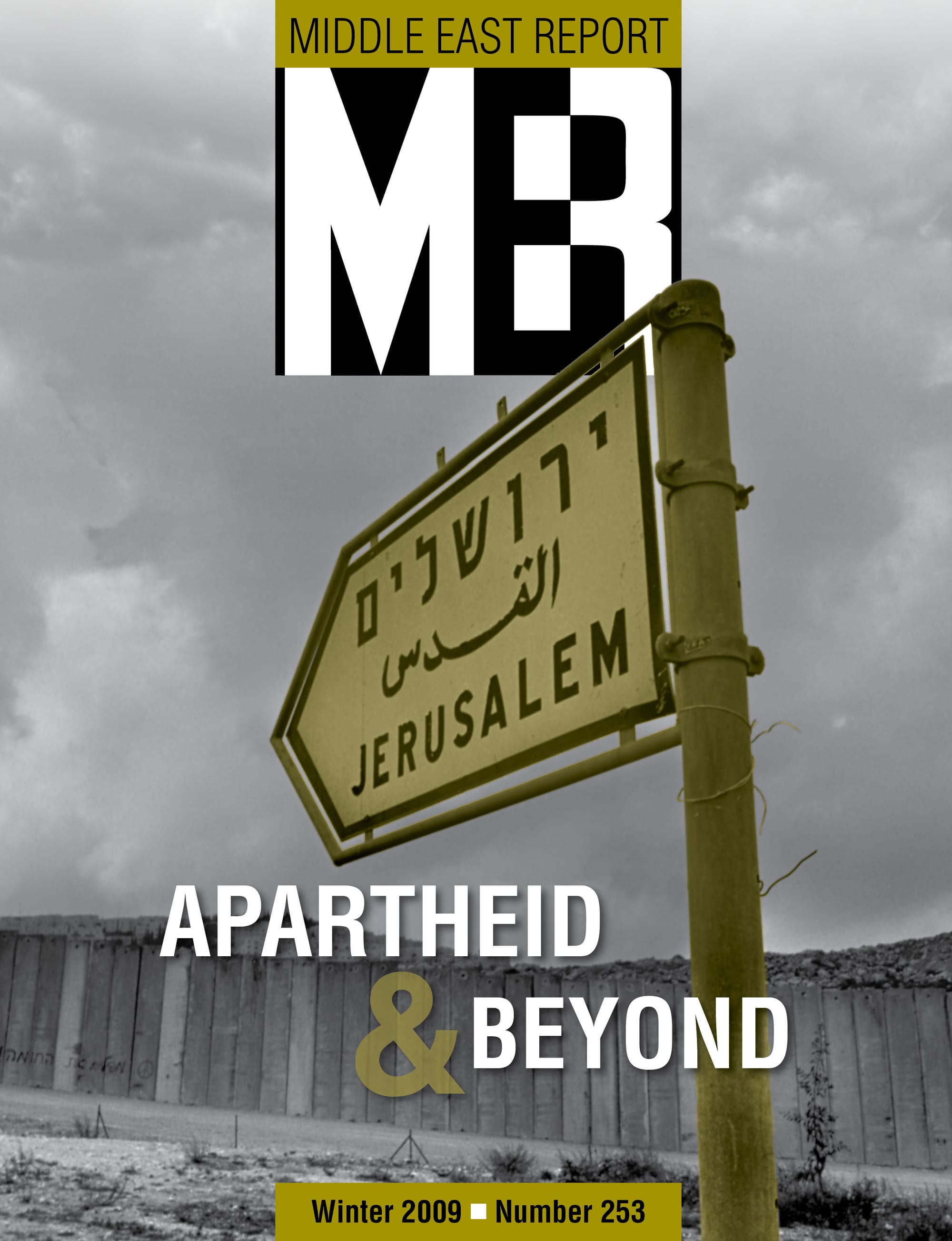Revisiting MERIP Coverage of Israel as an Apartheid State
The recent upsurge in analysis of Israel as an apartheid state has peaked again with Amnesty International’s February 2022 report. The willingness of mainstream non-governmental organizations to use the language of apartheid marks a shift in the terms of the debate—one that builds on a long history








